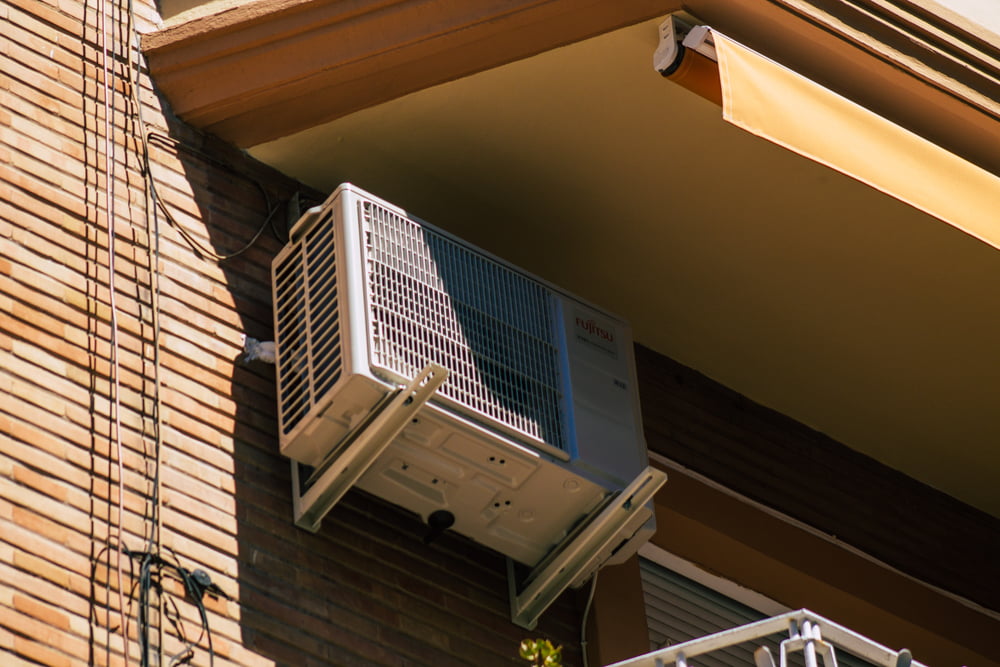
You want to stay cool all summer long—no matter how old your home is. Older homes can present a number of different challenges to air conditioning installation: They may lack the appropriate ductwork and insulation, they may lack space for a central air conditioner, and they may tend to get warmer in the summer than some modern homes.
This guide will help you overcome all of these challenges and some other problems you may face when retrofitting an older home with air conditioning:
Evaluate the Home’s Infrastructure and Insulation
One of the main considerations when installing air conditioning is whether or not the ductwork in the home is appropriate for ducted central air conditioning. Many older homes have damaged ductwork or existing ductwork that isn’t well insulated or configured for air conditioning.
The overall insulation of the home is another important factor; in a poorly insulated home, an air conditioner may have to work twice as hard to get the same results. Taking the time to insulate an old home can dramatically improve the energy efficiency of your new air conditioner.
Consider a Ductless System
Not every home is well suited to traditional central air systems—fortunately, a number of new air conditioning options exist. We highly recommend ductless air conditioners for homes without appropriate ductwork. These systems can provide cold air throughout your entire house without the need for ductwork.
With a mini-split system, you can even control exactly how cool each room is, creating climate zones to satisfy the needs of different family members. Ductless air conditioning is the best alternative to central air conditioners in an older home.
Choose Smart Thermostats
Energy efficiency is a major concern in most older homes; smart thermostats can help. With a smart thermostat, you can:
- Control your HVAC system remotely
- Program your HVAC system to begin and stop cooling your home at certain times
- Gain insights into how much it costs to cool your home
The insights are particularly important; you may be surprised to learn how much money you can save by increasing the temperature by 1°C or 2°C.
Opt for an Energy-Efficient Air Conditioning System
Air conditioners are rated by their seasonal energy efficiency ratio (SEER) and sometimes by their energy efficiency ratio (EER). The higher the EER or SEER of your air conditioner, the more energy efficient it will be.
In older homes, especially those with subpar insulation, your air conditioner will have to work harder to cool your home. A higher-efficiency air conditioner uses less energy to provide cooling; that means you’ll spend less money each month on your energy bills.
Conclusion
You can get the most out of an air conditioning system in an older home by:
- Ensuring your home is properly insulated
- Insulating, repairing, and replacing ductwork when necessary
- Opting for ductless air conditioning in homes without appropriate ductwork
- Using a smart thermostat to improve energy efficiency
- Using an air conditioner with a high SEER and EER rating
Looking for air conditioning contractors in Winnipeg who can help you retrofit your old home with a new air conditioning system? Call the pros at Provincial Heating & Cooling.

